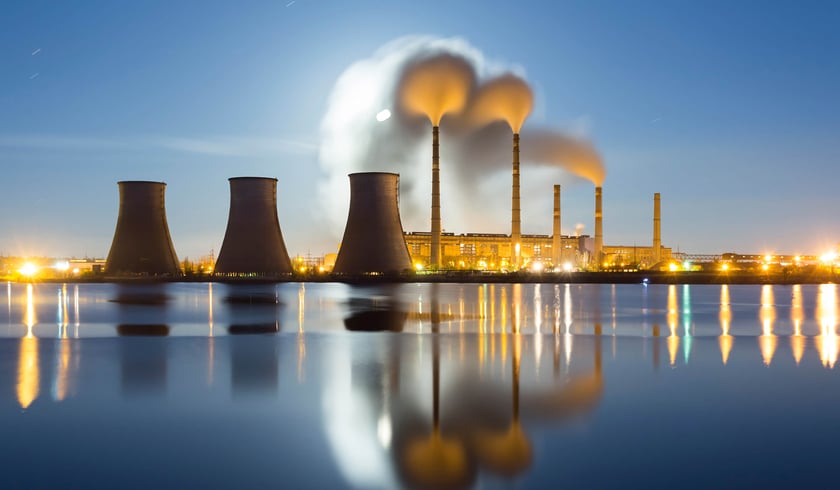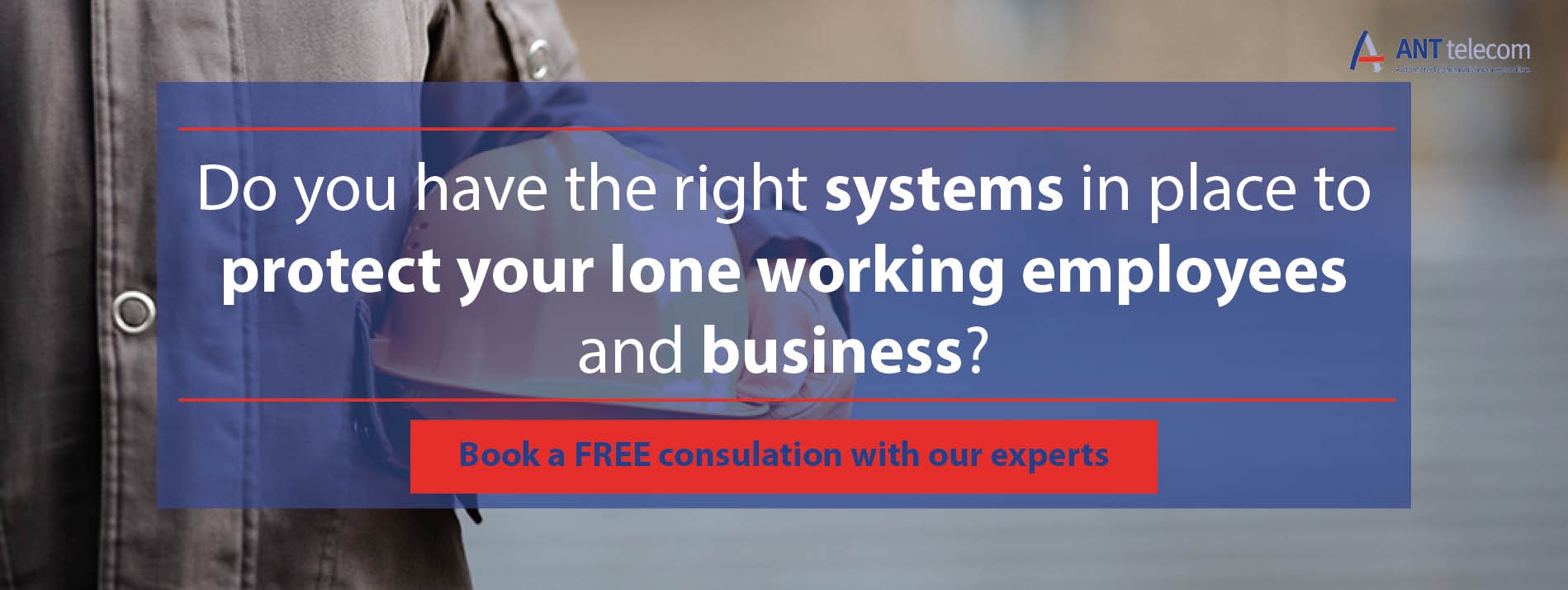
ATEX zones are hazardous places. Vapours, mists, gases and combustible specks of dust can all form volatile explosive atmospheres when exposed to air. These can occur in a number of workplace settings, from enormous industrial chemical plants to places where vehicles are sprayed with paint. In an industrial workplace environment, ATEX zones potentially place employees at risk of death and life-threatening injuries, in addition to the financial losses incurred by damaged equipment.
In recognition of these risks, employers are required to adhere to the Dangerous Substances and Explosive Atmospheres Regulations 2002 (DSEAR) which places controls and restrictions on dangerous workplaces. Having the right alarm systems in place as well as complying with all the regulations is necessary to ensure that work in ATEX zones can keep going as well as ensuring the safety of employees.Explosion protection in automation technology
Preventing explosions should always be a top priority so explosion protected automated equipment is mandatory in hazardous zones. Machines which require ignitions or produce sparks in a highly combustible atmosphere would obviously be a recipe for disaster. Industrial plants across a wide range of industries, from the petrochemical industry to wastewater treatment plants may all require bespoke applications to maintain appropriate levels of safety in hazardous areas.
An appropriate critical alarm management system that is safe for use in ATEX zones is also vital, especially if there are lone workers. Fortunately, there are many high-tech solutions available with innovative features such as tilt sensors, panic buttons and software.
The classification of areas where explosive atmospheres occur
If you have flammable gasses in your workplace, then you should have some Site Area Classification Drawings to show what equipment is in what classification of Zone. This can help determine what electrical equipment can be fitted in that Zoned Area, what gasses are present, and all other precautions should be taken.
Hazardous area classification is a way of identifying areas where explosive atmospheres are most likely to occur. Employers are required to designate hazardous areas into zones; Zone 0 - where the risk is continuous, Zone 1 - where an explosive gas atmosphere is a normal daily occurrence and Zone 2 - where an explosive gas atmosphere is unusual and only likely to last for a short time if it does occur.
There are also Zones 20, 21 and 22 which are used to classify areas where a cloud of combustible dust is likely to be present for varying periods of time in normal operation.
How to keep your employees safe
One precaution that is common to all industries is that of 'No Smoking'. 'Highly Flammable Substances' and 'No Smoking' signs should both be clearly displayed on the entrance doors and inside the ATEX Zone.
The correct hand and eye equipment should be provided for all employees working with dangerous substances inside the ATEX zone. Hand-wash, eye wash and first aid facilities should also be provided in the immediate area. Emergency decontamination showers should also be considered.
Employees should be properly trained in the handling of hazardous substances and operating machinery within the ATEX zone. Emergency and disaster management training should also be regularly performed. Timetabled risk assessments should be carried out, highlighting any processes or procedures that need to be implemented. All employees within the workplace should understand the reasons why non-ATEX devices such as mobile phones or cameras should never be taken within the restricted zone.
Other types of equipment and protective systems intended for use in ATEX zones
In setting or industrial plants where flammable sources are regularly used, refrigerant appliances should be clearly labelled with the phrase “Explosion Hazard – Not Suitable for Use with Highly Flammable Substances”. Any areas where flammable liquids are stored should be imperviously built with a concrete “bund” floor, brick walls, and concrete cast roof of specific dimensions. Adequate ventilation is also necessary, using vents at the top and bottom of walls and fitted with internal flame gauzes.
Outward-opening fire doors are essential and need to be self-closing and fire resistant for at least one hour. All internal electrical fittings are required to be flameproof. Shelving should be made from wooden shelves or slatted non-ferrous metal and should feature lipped edges to help avoid chemical spillages. Fire extinguishers and a sand bucket should be provided.
As well as health and safety equipment and training, communication is an essential part of keeping all workers within the ATEX zone safe. However, it can be difficult to assess which type of device or platform is right for the needs of your setting.
This is where critical alarm management specialist ANT Telecom can play a key role. Our independent and professional advice will help you find the right solution for your company. Contact us today for more information or download our free guide to learn more about critical alarm management systems.
Read more about critical alarm management >





